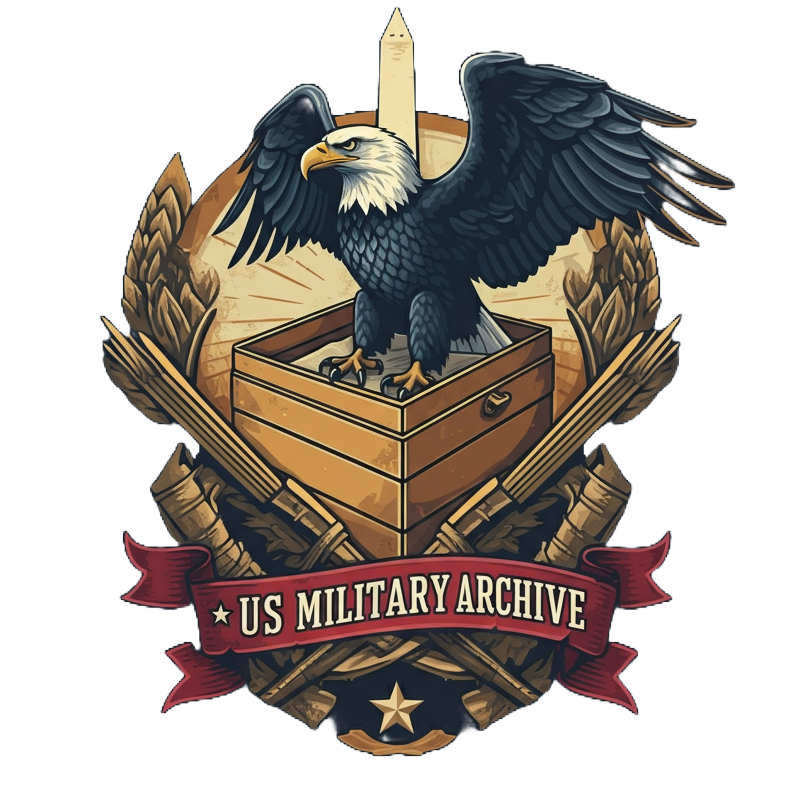Article Text
Between the two World Wars, the US Army faced a formidable challenge: modernizing its ground forces for a potential major conflict in the face of rapid technological advancements. This period, sandwiched between the brutal trench warfare of World War I and the mechanized blitzkrieg of World War II, was a time of intense debate and difficult decisions that would ultimately shape the outcome of the global conflict to come and the global power dynamics of the latter half of the 20th century. The modernization effort had far-reaching implications, not just for the military, but also for civilian populations and international relations.
One of the most significant challenges was the internal resistance to change within the military itself. Many high-ranking officers, steeped in the traditions of World War I, clung to outdated doctrines and viewed new technologies like tanks and aircraft with skepticism. This resistance hampered the adoption of modern combined arms warfare, a concept that would later prove decisive in World War II. Figures like General Malin Craig, Chief of Staff from 1935-1939, epitomized this resistance, favoring infantry and prioritizing budgetary constraints over investment in armored forces. This institutional bias slowed the development and integration of new technologies, impacting the Army’s preparedness.
Logistical hurdles presented another major obstacle. Equipping and training a large, modern army required significant financial investment, something difficult to justify during peacetime when public and political will favored domestic programs, especially during the Great Depression. The limited resources forced difficult choices – whether to invest in small numbers of advanced prototypes or larger numbers of less capable equipment. For example, while the M1 Garand rifle was adopted in 1936, its full integration was delayed by budgetary limitations. This impacted the Army’s ability to train effectively with the latest equipment. The scarcity of resources also hindered the development of specialized skills needed for operating and maintaining new technologies, leaving the US at a disadvantage compared to nations like Germany, which prioritized military investment in the 1930s.
The experience of World War I heavily influenced the development of new doctrines and strategies. The horrors of trench warfare led to a search for new approaches to avoid a repeat of such devastating stalemate. Some advocated for defensive postures, while others championed mobile, mechanized forces. This period saw the emergence of groundbreaking theories like those of B.H. Liddell Hart, who argued for indirect approaches and deep penetration with mechanized forces. These evolving doctrines, often tested through war games and limited exercises, shaped the design of new equipment and the organization of ground forces, setting the stage for the transformative impact of blitzkrieg tactics in the early years of World War II. The US Army’s interwar experimentation with armored formations, though hampered by funding and resistance, laid the groundwork for its eventual armored divisions that would prove crucial in the war.
The interwar period’s modernization challenges had a significant impact on civilian populations. The military’s limited budget competed with social programs for funding, a tension amplified by the Great Depression. The debate over military spending played out in public discourse and political campaigns, reflecting a broader societal struggle to balance competing priorities. The eventual mobilization for World War II brought about significant changes to American society, including the expansion of industrial production, the entry of women into the workforce, and the rationing of consumer goods. The seeds of these changes were sown in the interwar years.
The interwar period also laid the groundwork for the Cold War. The ideological clash between democracy and fascism foreshadowed the later confrontation between the United States and the Soviet Union. The interwar period witnessed the development of new military technologies, including the first jet aircraft and the refinement of tank design, that would later become central to the Cold War arms race. The experience of World War II established the United States as a global military power, a position it would maintain throughout the Cold War. The decisions made in the interwar period had lasting consequences for international relations.
In conclusion, the interwar period presented the US Army with a complex set of challenges in modernizing its ground forces. The resistance to change, logistical difficulties, and the evolving understanding of warfare shaped the Army’s approach to technology, doctrine, and strategy. The decisions made during this era had profound implications for civilian populations, international relations, and the future of warfare itself, laying the foundation for the global conflicts and power dynamics of the 20th century. From the ashes of World War I to the dawn of the Nuclear Age, the interwar period was a crucible that forged the modern US Army.
Files
There are no files available.

